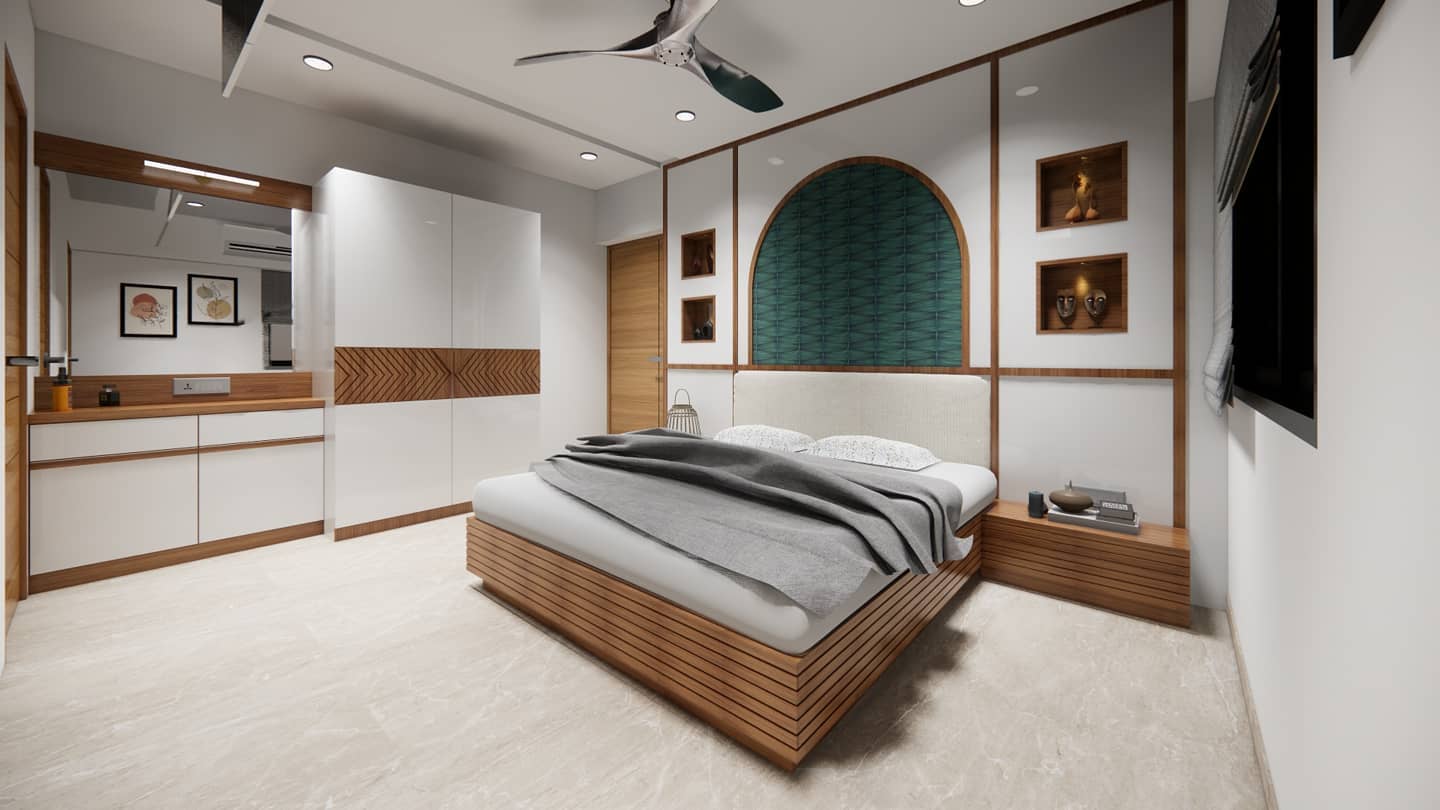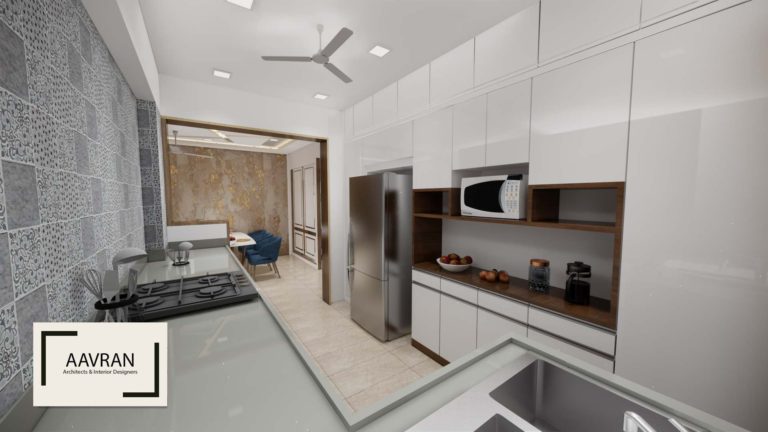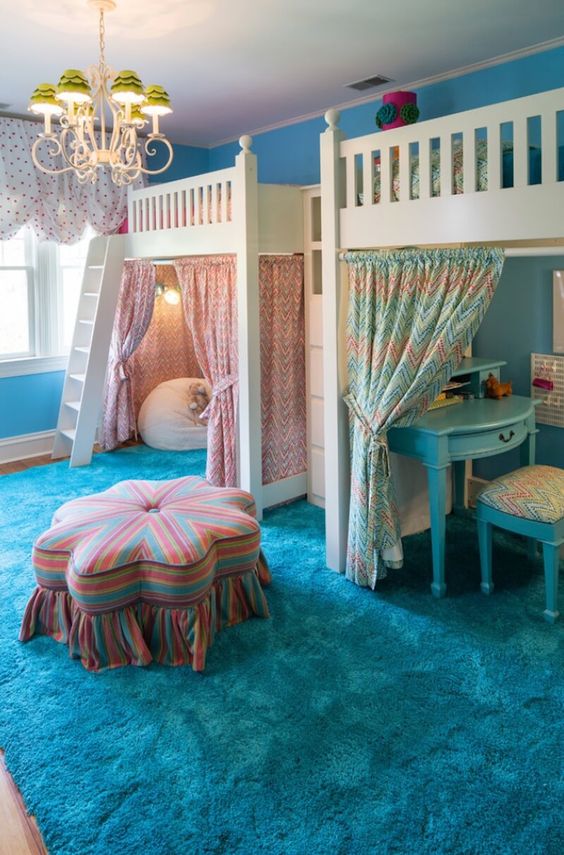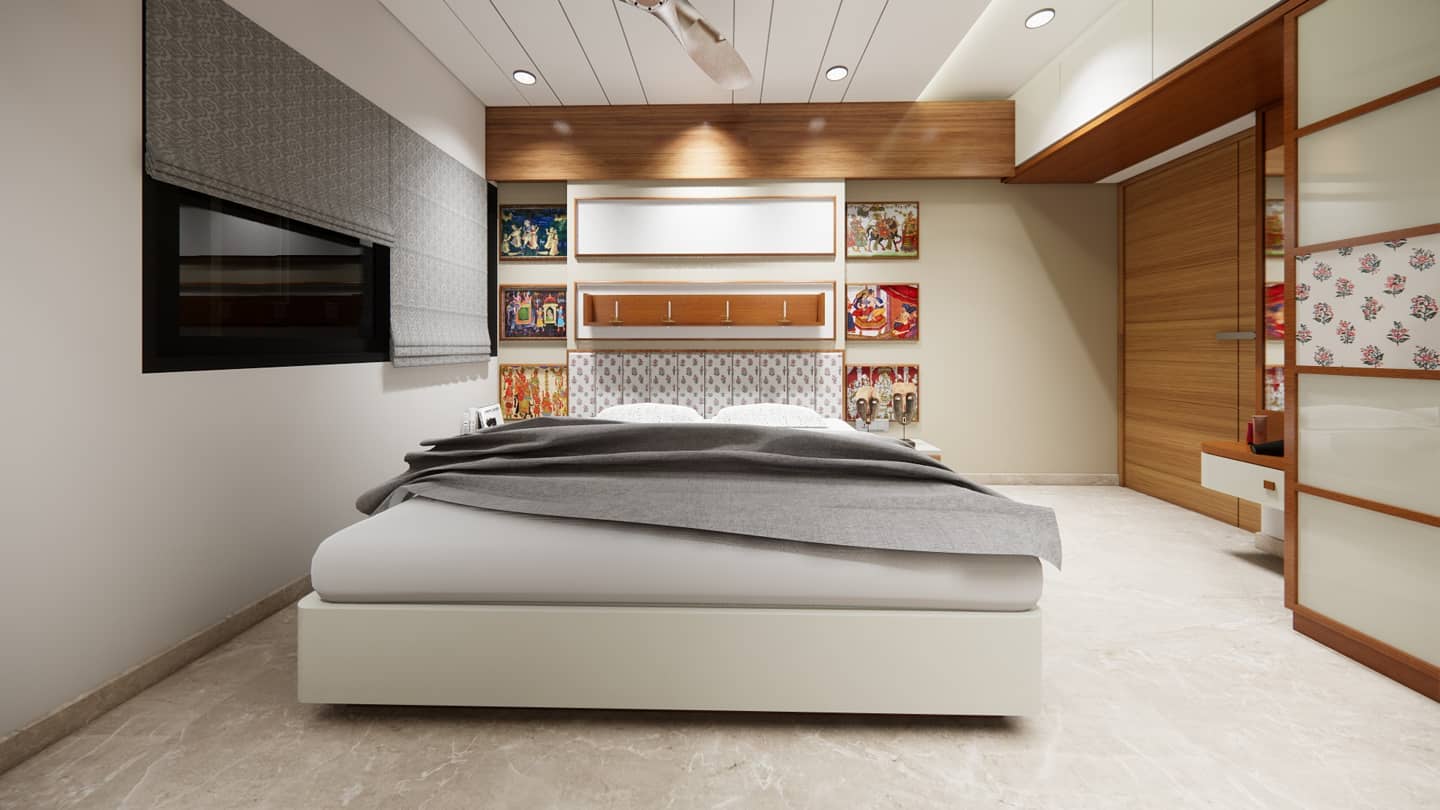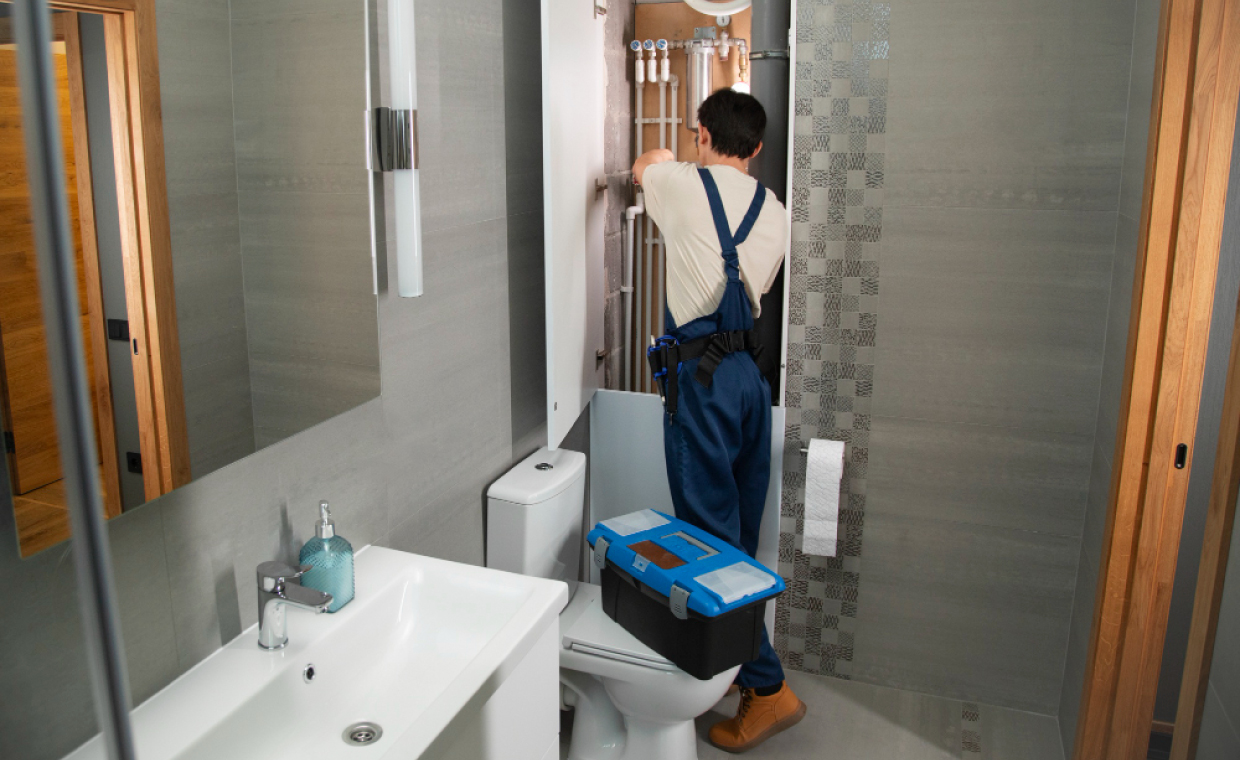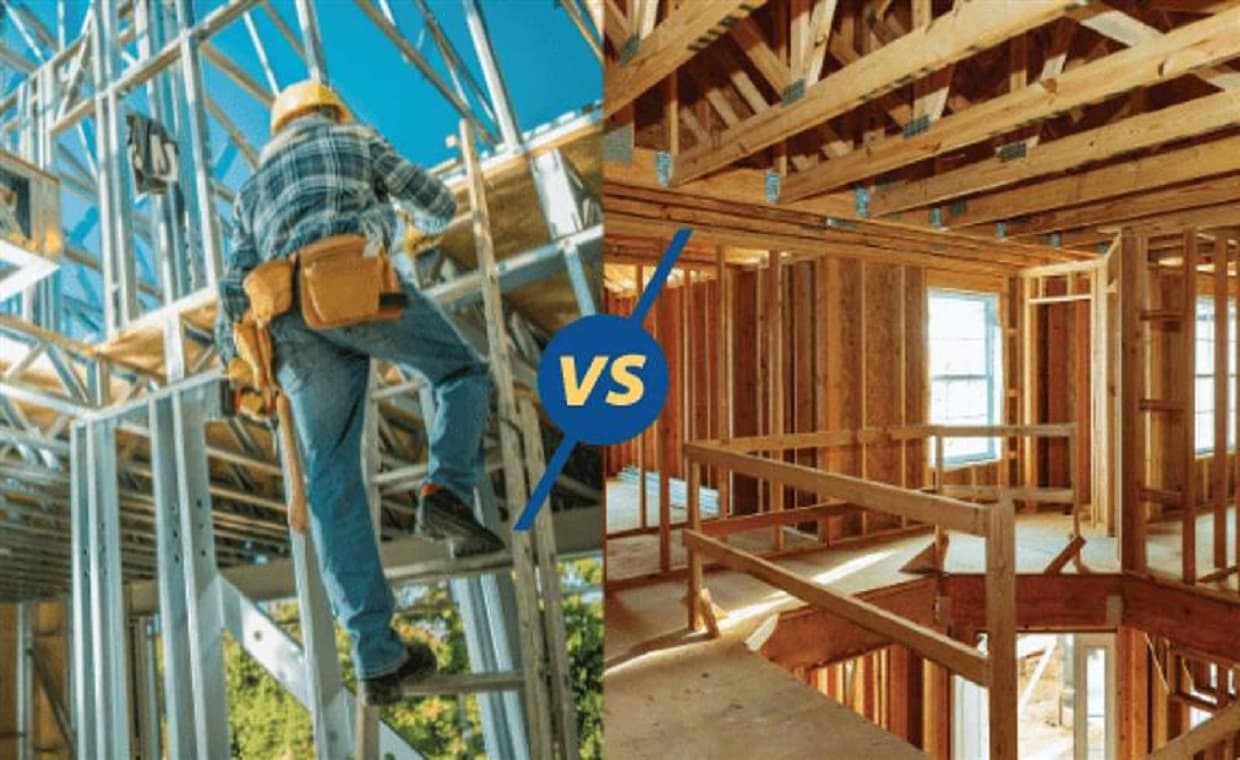
Table of Contents
The earliest homes were built using clay, stone, and timber. Over time, bricks and concrete became popular, and in earlier centuries, wood was a common building material. However, with the Industrial Revolution, materials like cement and steel transformed architecture. Today, modern buildings incorporate concrete, wood, and steel as key materials.
Selecting the right material is crucial when constructing a structure. Two common choices are steel and wood construction. Steel offers resilience and long-lasting performance, while wood enables faster construction, as seen in many American homes. But which one is better for your project?
This article explores the benefits of using steel over wood when building a house.
Benefits of Steel in Building

1. Steel is Eco-Friendly

At first glance, wood might seem more eco-friendly than steel because it is a natural material. It is the benefit of steel in building. However, deforestation has significantly reduced the availability of trees. Cutting down trees contributes to climate change, making wood a less sustainable option.
Steel, on the other hand, is a highly recyclable material. It can be reused multiple times without losing its properties. Additionally, steel structures are lighter than concrete, requiring less extensive foundations and reducing the environmental impact. Using recycled steel helps conserve natural resources and energy, ultimately reducing the cost of manufacturing new steel products.
For more details, check out 6 Ways That Steel Building Structures Are Eco-Friendly to understand why steel is a more sustainable choice than wood.
2. Strong and Durable Structural System

Steel is known for its immense compressive, tensile, and flexural strength. A steel-framed structure is not only strong but also lightweight. It is ideal for supporting floors, roofs, and entire buildings.
Steel structures can withstand extreme weather conditions such as strong winds, earthquakes, hurricanes, and heavy snow. Unlike wood, steel does not rot, warp, crack, or split. It is also resistant to termites, pests, mildew, mold, and fungal infections. Additionally, steel structures offer higher fire resistance compared to wooden buildings.
Structural System Components
- Substructure: This refers to the part of a building found below ground level, including foundations and underground columns.
- Superstructure: This includes all parts of a building above ground level, such as beams, trusses, slabs, and decks.
Steel vs. Wood Structural Comparison
- Steel does not rot, mold, warp, or crack like wood.
- Unlike wood, steel is not susceptible to termites and insect damage.
- Wood expands and contracts with moisture, while steel remains stable.
- Temperature, humidity, and aging cause wood to warp and crack.
- Wood structures are highly vulnerable to flood damage.
- Unlike wood, steel is non-combustible and fire-resistant.
- Steel buildings better withstand hurricanes, earthquakes, and tornadoes.
3. Steel is Versatile
Steel is an incredibly adaptable material. It can be molded into various shapes, making it an excellent choice for both residential and commercial buildings. Steel structures are ideal for:
- Large-span buildings like terminals, airports, and auditoriums
- Agricultural buildings, warehouses, and indoor arenas
- Modern home designs requiring open spaces and custom layouts
4. Steel is a Flexible Building Material

Steel offers superior resistance and structural integrity at a competitive cost, especially in regions where labor expenses are high. Steel-framed buildings are less prone to collapse or destruction compared to wooden structures. The flexibility of steel allows architects to design earthquake-resistant buildings.
Additionally, steel is suitable for industrial buildings requiring large spans and lower floor-to-floor heights. Methods such as girder slab construction, staggered truss systems, and castellated beams make steel structures even more efficient.
5. Steel Can Save You Money
Steel is widely used in commercial and residential projects due to its cost efficiency. The rising cost of lumber has made steel a more attractive option for framing and structural support.
Wood can rot, mold, and degrade over time, leading to costly repairs. In contrast, steel has a much longer lifespan, reducing maintenance costs. Additionally, steel is lightweight compared to concrete and wood, reducing transportation expenses and accelerating construction timelines.
Since steel is recyclable, it creates less raw material waste, making it a financially and environmentally sound choice.
6. Steel Increases Property Value
A house or commercial building constructed with steel has a higher real estate value. Steel’s unmatched strength and durability make it an attractive investment for future buyers.
Steel Buildings Offer Great Value Because
- They have a stronger and more durable internal structure.
- Buyers save on repair and replacement costs compared to wood structures.
- Steel structures give properties a sleek, modern appearance, appealing to investors.
Types of Steel Used in Construction
01. Plain Carbon Steel (Mild Steel): Contains 0.05% to 0.25% carbon, offering flexibility, ductility, and high weldability. It is commonly used for building frameworks.

02. Rebar Steel: Used as a reinforcement material in concrete and masonry structures, improving their tensile strength.

03. Structural Steel: Comes in different shapes (I-Beam, L-shape, T-shape, etc.) and is fire-resistant, making it ideal for large-scale buildings.

Also Read: Understanding Different Steel Sections
Disadvantages of Steel Structures

While steel has numerous advantages, it also has some drawbacks:
- Steel can corrode when exposed to severe weather conditions.
- Construction requires skilled labor and precise engineering.
- The initial cost of steel structures is higher compared to wood or concrete.
- Steel structures require more energy to construct due to labor-intensive processes.
However, for large-span buildings, steel remains a cost-effective option. In some regions, especially in India, steel can still be more economical than wood, which has become prohibitively expensive.
- Consult a Steel Supplier: Work with a trusted manufacturer to determine the best steel type for your project.
- Seek Professional Guidance: Engineers, contractors, and builders can help you compare and select the right material.
- Check Specifications: Ensure the chosen steel meets the design, structural, and budgetary needs of your project.
Also Read: Advantages and Disadvantages of Steel Structures!
Conclusion
When it comes to constructing homes or buildings, steel is a superior alternative to wood. It is durable, fire-resistant, eco-friendly, and cost-effective in the long run. While wood has its benefits, steel offers unparalleled structural integrity and sustainability, making it the smarter choice for modern construction.
FAQs about Steel vs. Wood in Building Construction
01. Is steel more environmentally friendly than wood?
Steel is considered more environmentally friendly than wood due to its high recyclability and reduced impact on deforestation. Unlike wood, which requires cutting down trees that contribute to climate change, steel can be recycled multiple times without losing its properties.
02. What are the advantages of steel over wood in terms of durability?
Steel structures are more durable than wood as they do not rot, warp, crack, or split. They are resistant to pests, mold, and mildew, and offer higher fire resistance compared to wooden buildings. Steel can withstand extreme weather conditions such as hurricanes and earthquakes better than wood.
03. Is steel construction cost-effective compared to wood?
While the initial cost of steel structures can be higher than wood, they are often more cost-effective in the long run due to lower maintenance costs, longer lifespan, and reduced repair expenses. Steel’s lightweight nature also decreases transportation costs and accelerates construction timelines.
04. How flexible is steel as a building material compared to wood?
Steel is highly flexible and can be molded into various shapes, making it suitable for a wide range of architectural designs. It offers architects and builders more freedom in designing earthquake-resistant structures and large-span buildings compared to the limitations of wood.
05. What considerations should be made when choosing between steel and wood for a construction project?
Factors to consider include environmental impact, budget constraints, project timeline, desired architectural design, and the specific structural requirements of the building. Consulting with engineers and builders can help determine the most suitable material based on these considerations.
References
American Institute of Steel Construction. (2020). Advantages and Disadvantages of Steel Structures. Retrieved from https://www.aisc.org/advantages-and-disadvantages-of-steel-structures/
American Society of Civil Engineers. (2018). Steel and Sustainable Development. Reston, VA: American Society of Civil Engineers.
Courtesy - Tampasteel




